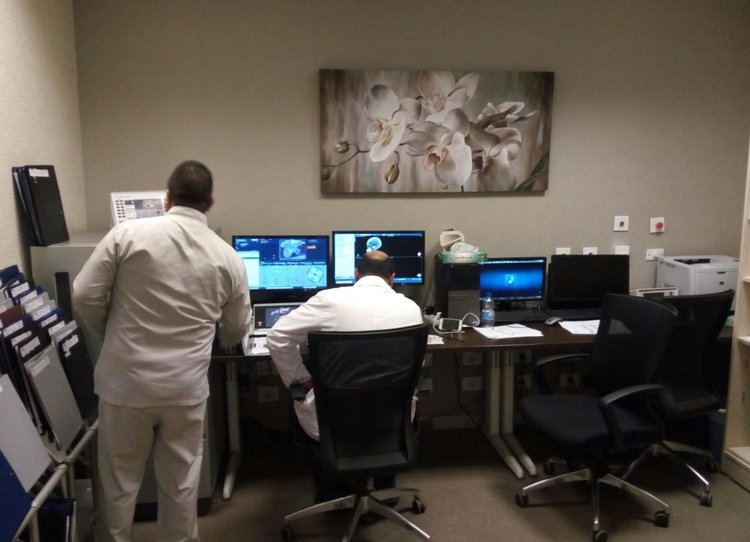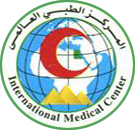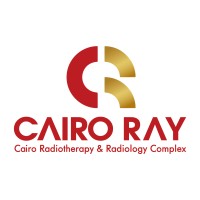Radiotherapy
Radiotherapy
Radiotherapy involves using high energy rays to kill cancer cells and thus shrink tumours. It’s most commonly delivered by a machine outside the body (external beam Radiotherapy or Teletherapy), or less commonly it may come from radioactive material placed in the body near cancer cells (internal radiation therapy, also called brachytherapy).
It may be given alone for treating some cancers or combined with other treatment as chemotherapy. Combining chemotherapy with radiotherapy may make cancer cells more sensitive to radiotherapy, hence called radio sensitizer.

Radiation therapy is given five days per week and the number of sessions depends on the type of tumours and the intent of treatment.
Indications of Radiotherapy
- Radical radiotherapy: the patient can be totally cured by radiation therapy as in some cases of head and neck cancers.
- Adjuvant radiotherapy: radiation therapy may be given to prevent cancer that has been already removed by surgery from recurring in the future.
- Palliative radiotherapy: radiation therapy can be given with a palliative intent, in such condition, while not aiming at curing cancer, radiotherapy may cause some relief of symptoms and complications that are caused by cancer. For e.g. radiation therapy is given for patients with brain or bone metastasis.
Our Radiotherapy Service
2. The next step is the completion of the radiation plan on the planning computer system and that’s a computer on which the radiation oncologist defines accurately the areas that will be treated by radiotherapy and those that shall be protected.
A sophisticated computer system is used to aid the radiation oncologist to decrease the radiation dose to the normal tissues surrounding the tumour to decrease the side effects of radiotherapy.
3. The third step of radiation planning is treatment verification in which the radiation plan done on the computer system is verified by another imaging modality usually done on the radiotherapy machine.
4. There are two techniques in Radiotherapy.
-
-
- The first is 3D conformal radiotherapy. The second technique is intensity modulated radiotherapy.
- A 360-degrees rotating arc is used around the patient to deliver radiotherapy to infinite positions (intensity modulated arc therapy). This can deliver accurate treatment in a more rapid treatment setting.
-
5. Finally, the quality assurance and follow-up of patients treated with radiotherapy is done to ensure that there are no complications associated with the delivery of radiotherapy.


Side Effects
The most common side effect seen with radiotherapy is the skin inflammation of the irradiated area and that is similar in its appearance to a sun burn. Skin may be reddish, painful and darkened a little bit and in most patients, such effect is reversible and skin returns to its original color after an average of three months.
Other side effects of radiation depend on the area that receives radiotherapy. For example, radiation to the head and neck may cause some difficulty in swallowing and inflammation in the oral cavity. Radiation to the abdomen might cause diarrhea and decreased appetite.
The radiation oncologist will inform you exactly about the expected side effects according to your case.
Radiotherapy causes no effect on the family members or children of patients under radiotherapy. i.e: no need to isolate the patient during radiotherapy (unlike patients undergoing radio isotopic scans, who are injected with radio-isotopes that needs specific isolation).



